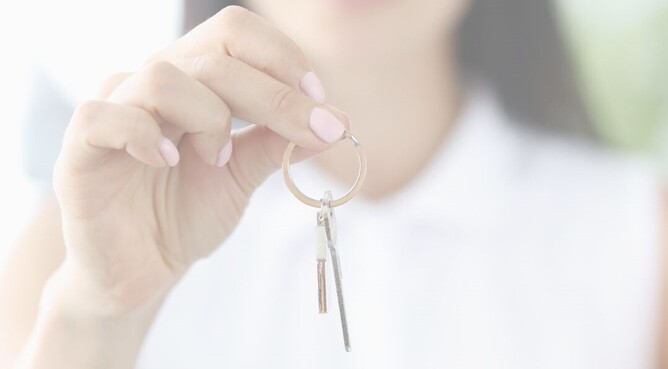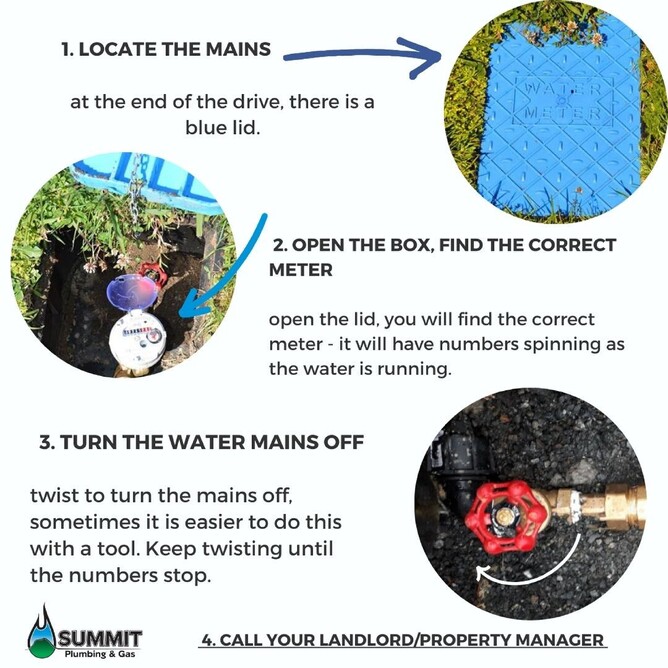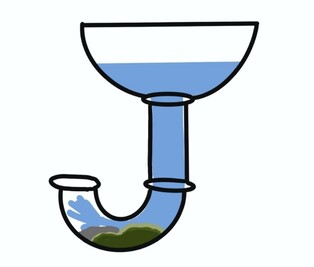Congratulations on your new home! As a tenant, it's important to familiarize yourself with the plumbing in your new residence. This guide will help you understand what to do in case of a leak, how to locate and read the water meter, and the common causes of blocked pipes. Furthermore, it will provide you with a detailed list of items that should not be flushed down the toilet or sink.
Locating and Reading the Water Meter
Another important thing you should familiarize yourself with in your new home is the water meter. It's usually located in a box at the end of the drive, and it's typically a blue lid that you can twist open. Inside, you'll find the spinning water meter, which is used to measure the amount of water that has been used.
To read the water meter, simply open the lid and take a look inside. The meter should have numbers on it that spin as the water flows. These numbers indicate the amount of water that has passed through the meter. Remember, the more water you use, the higher the number will be.
What to Do in Case of a Leak
One of the most common issues you might encounter in your new home is a leak. Whether it's a dripping faucet or a burst pipe, it's crucial to act fast to prevent water damage. Here's what you should do:
Turn off the Water Mains: The first thing you should do when you notice a leak is to twist the water mains off. This will cut off the water supply to your house and prevent further leakage. The water mains are usually located at the end of the drive and are blue lids that you can twist to shut off the water supply. If you're unsure about their location, ask your landlord or property manager.
Call Your Landlord/Property Manager: Once you've turned off the water mains, the next step is to contact your landlord or property manager. They will arrange for a plumber to come and fix the leak.
Common Causes of Blocked Pipes
Blocked pipes are another common plumbing issue you might face in your new home. The causes of blocked pipes can vary, but the most common ones include:
Hair Buildup
Hair that goes down the drain can get caught in the pipes and form blockages.
Soap Scum
Soap residue can also build up in the pipes, especially in the areas of the pipe where water flow is slower.
Food Pieces
Large food particles can also cause blockages, particularly in kitchen sink pipes.
Items You Should Not Flush Down the Toilet or Sink
As a rule of thumb, only three things should go down your drains: water, soap, and human waste.
Remember, prevention is always better than cure when it comes to plumbing issues. By following this guide, you can avoid the hassle and cost of dealing with leaks and blockages in your new home.



